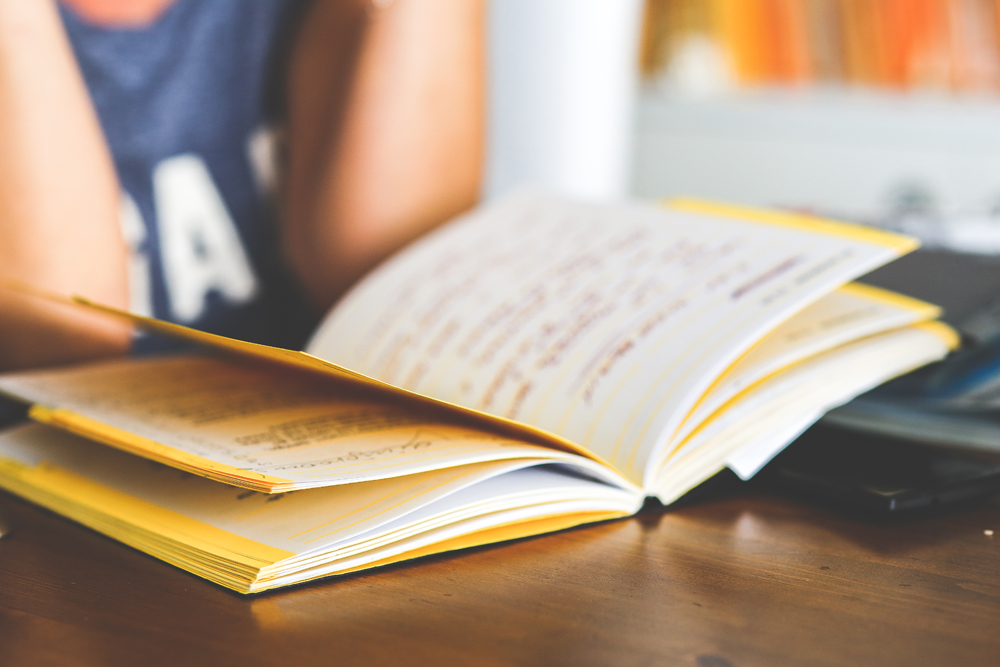
Human beings have many differences in the way they see, interact with and process the world. Just as we have different communication styles – direct or indirect, formal or more relaxed, chatty or quiet – another point of difference is our preferred ‘learning style’. Your learning style refers to the way in which you most easily and effectively absorb, process, comprehend and retain information (‘Learning Styles’ 2018 https://teach.com/what/teachers-know/learning-styles/).
There are various interpretations of learning styles, with as many as 10 types cited (as in the Felder-Silverman Learning Style Model); however there are many similarities between some styles and there are three most commonly agreed upon styles: Auditory, Visual and Kinesthetic. (https://www.education.vic.gov.au/documents/childhood/professionals/support/egsls.pdf)
Auditory learners prefer listening to learn, and may benefit from the use of sound and music for learning.
Visual learners make use of spatial understanding and prefer to learn with pictures, images and visual diagrams.
Kinesthetic learners prefer to move their bodies and use their sense of touch in learning experiences. Having an object to manipulate or another way to use the sense of touch can also help them concentrate.
A fourth possible style that many students may relate to is called Read and Write (VARK Model https://blog.prezi.com/the-four-different-types-of-learners-and-what-they-mean-to-your-presentations-infographic/) which describes students who primarily use language to learn through reading and note-taking activities. These students are comfortable with abstract concepts and can translate them through written language.
Of course, we can be a mixture of these, and all students benefit from exposure to a variety of learning experiences. However, studies show that attention to the dominant or preferred style can help a student learn more effectively. This has clear implications for what is happening in the classroom as well as tools for learning outside of it, such as online or in tutoring sessions. Not only does looking at learning experiences and learning materials benefit students’ learning, but their own awareness of their preferred style can help them develop meta-cognition (awareness of their own learning in order to improve it), self-esteem and sense of self.
In the following months we will be diving into more detail on each of the three main learning styles, explaining the typical characteristics of each learner and what types of learning experiences and activities we can give them to learn in powerful ways.